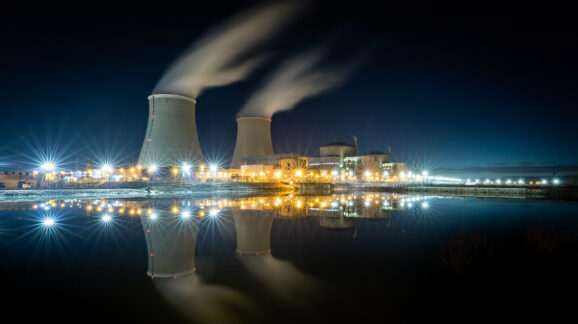Report: ‘Radiophobia’ Drives U.S. Nuclear Policy

Photo Credit: Getty
A new Competitive Enterprise Institute report challenges an anti-nuclear power policy that is a case study on how not to regulate and govern. Nuclear power has great potential to meet the world’s growing energy needs while simultaneously reducing carbon dioxide emissions. But fear-driven science and policies – “radiophobia” – force everyone to forego accessing that abundant, affordable energy source.
“High doses of radiation are dangerous, but fears of radiation are largely unfounded when it comes to low-dose exposure,” explains report author James Broughel, a CEI senior fellow and author of the report. “Yet our government relies on risk assessments that wrongly assume any amount of radiation exposure, no matter how small, heightens the risk of cancer.”
That approach to risk assessment is called the “linear no-threshold” (LNT) dose-response assumption. The LNT model assumes that risk accumulates over time proportionally with exposure, an assumption inconsistent with the experience of people who live in areas with high naturally-occurring levels of background radiation. With LNT, there is no threshold below which exposure is free of risk. The report walks through the flaws of this overly precautionary, restrictive model that guides regulation.
“Fear-driven science and regulation make it difficult and expensive to build nuclear power plants that could provide much needed stability to the electricity grid,” said Broughel.
The report urges Congress to reform radiation protection standards for workers in nuclear power plants and residents in surrounding areas, significantly improving safety and economic benefit by bringing the standards in line with international norms. It recommends Congress utilize oversight powers to ensure regulatory agency policies and practices are biology-based and reflect the latest science.
View the report, “Myths and Facts in Radiation Risks: A simple solution to remove obstacles to nuclear power ” by James Broughel